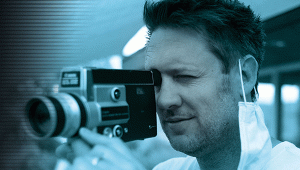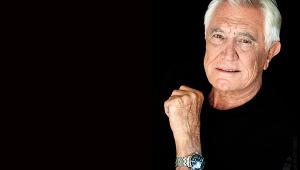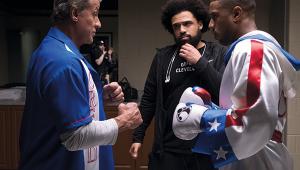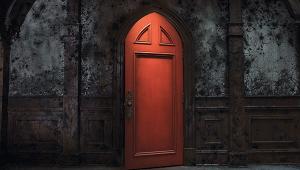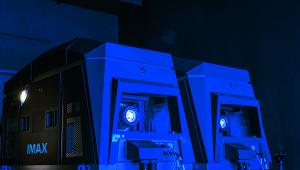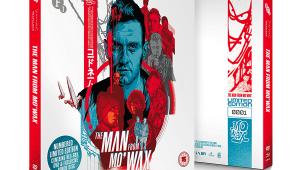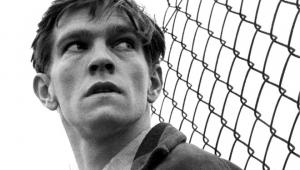Restoring Schindler's List

Heading up the project was Michael Daruty, the studio’s Senior VP of Technical Operations. Speaking to HCC, he told us that the title more than warranted the same meticulous approach lavished on some of the older gems in the studio’s legendary catalogue.
‘This film is very special to all of us. It’s special to Universal, it’s special to Mr Spielberg and we think it’s special to the industry itself. So we undertook the restoration in a similar way to our 100th anniversary titles, evaluating the various film elements to determine what would give us the best result.’
Daruty also revealed that the original negative was scanned at a bit-bucket busting 6K and down-sampled to 4K.
‘Doing it this way gives us a couple of things,’ he explains. ‘It obviously means we have a higher quality original to work from. What we found was that the negative at this resolution gave us much greater detail, the fine detail in the clothing and the skin textures and the hair are all much more evident, for example. You can literally see the weave in jackets, over what was previously transferred. It also allows us to archive a 6K file to protect the original negative.’
Daruty believes the finished article disc well other recent high profile restoration projects: ‘We did twelve other titles last year, including Vertigo, Rear Window, Jaws, E.T.: The Extra-Terrestrial and the Universal monsters. Obviously some of the elements are older on some of those titles and required more digital repairs than this film did.’
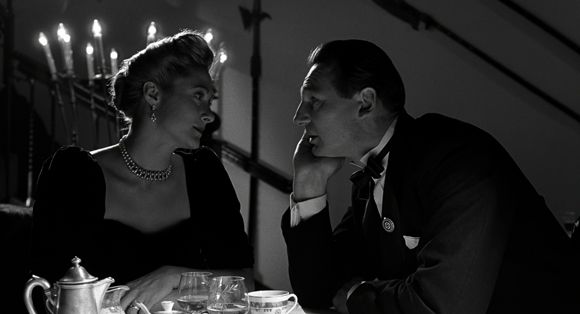
Perhaps unexpectedly, Daruty reveals that restoring a monochrome movie takes just as much effort as a colour one. ‘The colour correction process, even on a black and white film like this, requires a lot of managing,’ he says. ‘We spend just as much time working on contrast, black levels – we wanted to get a true, solid black and not a polluted black - and highlights in the lamps, candles and backlit windows. It was important to maintain (cinematographer) Janusz Kaminski’s contrasty look yet not induce any artefacts. It was also a challenge to manage the grain so that it didn’t look overbearing; working in a high resolution digital intermediate environment allowed us to manage all of that.’
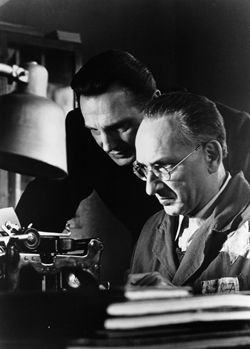
Daruty says that while the original elements for Schindler’s List were in good shape, there were still opportunities for improvements. ‘We had the ability to make the movie much cleaner, to remove dirt and scratches. Our biggest effort involved the Red Dress sequences. In the original, this was achieved by an optical effect, so it had some limitations. When she was walking, anything in front of her, trees, people or buildings, had some impact on that optical. The dress would fade in and out colour wise, or even go the black and white. We had the ability to take those original sequences and digitally recomposite the red, making it a solid. Mr Spielberg was extremely happy with what could be done.’
With Universal now archiving key titles in 4K resolution as standard, does that mean a 4K Blu-ray format is just around the corner? Daruty says he doesn’t know at the moment.
‘I really can’t say, I wish I knew the answer to that question – the industry is moving at such a pace. I do know that I’ve done this job for a long time and I’ve seen plenty of format changes. So we as a company have to preserve our library and ensure it’s ready for whatever that technology change is.
'Over the years we’ve remastered and restored our content from VHS to standard DVD to high definition and I just need to make sure that we’re prepared for whatever comes next. If 4K Ultra HD is the next thing to come around the corner, in a year, three years, five years or whatever, we want to make sure our content is ready and able to be used for that.’
Schindler’s List 20th Anniversary Edition is released on Blu-ray and DVD on 8 April from Universal Pictures UK
 |
Home Cinema Choice #351 is on sale now, featuring: Samsung S95D flagship OLED TV; Ascendo loudspeakers; Pioneer VSA-LX805 AV receiver; UST projector roundup; 2024’s summer movies; Conan 4K; and more
|


